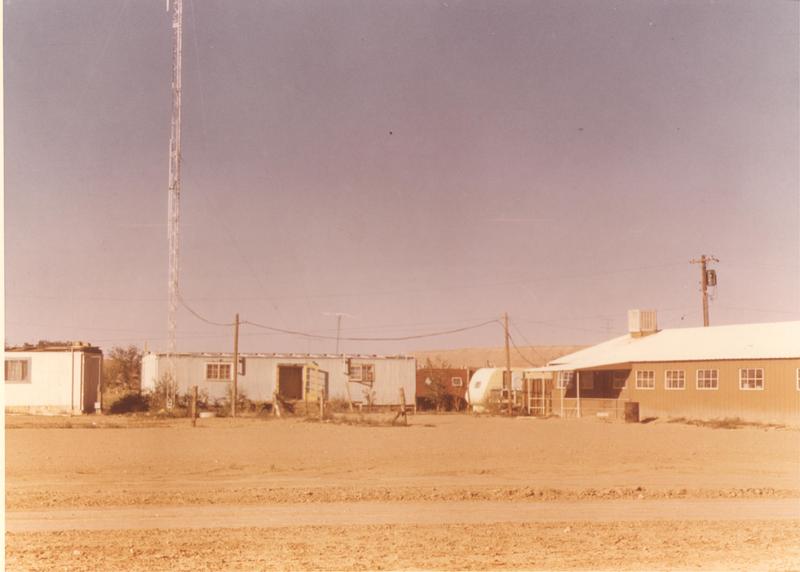Health Care Experiment at Many Farms

Courtesy of Medical Center Archives of New York-Presbyterian/Weill Cornell
Tuberculosis rates among Navajos began to climb dramatically in the 1920s as rural poverty took over a people who were once quite prosperous. For 1952 trials of isoniazid, a new antibiotic, Cornell University researchers needed a population suffering from TB who had not yet received antibiotics. The Navajos met these criteria. The researchers constructed the project as an experiment, so initial trials were done in secret. Even after tribal leaders gave their approval to the trials, many aspects of the study were still done secretly.
Working with the U.S. Public Health Service, Cornell University also established in 1955 a field health service at Many Farms, Arizona to address the poor health of the Navajos, with an attempt to replace traditional medicine practices with modern Western medical practices. However, the researchers failed to find solutions to address the symptoms of poverty on health–malnutrition, poor housing, and inadequate sanitation. Although the researchers’ intentions were good, the experiments at Many Farms undermined the trust on which research and clinical care depended.